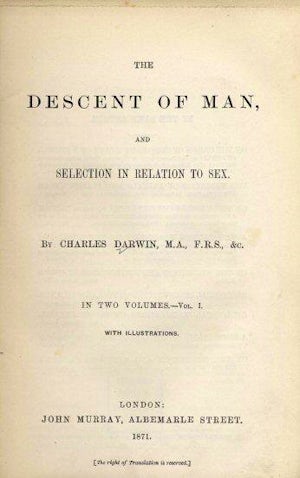April 14, 1937. The Legislative Assembly of Alberta passes "An Act to amend the Sexual Sterilization Act". The aim of this legislation is to modify parts of the Sexual Sterilization Act (1928). That legislation dealt with specifying the conditions, procedures, and liabilities for sterilizing individuals living in designated state institutions. The main change in this legislation is the introduction of new terminology.
There are five sections of the original Sexual Sterilization Act of 1928 that are amended by this legislation. First, section 2, which dealt with terminology and definitions, is repealed and substituted. Several terms are clarified, redefined, introduced. Most important are two new terms that are introduced and defined: "mentally defective person" and "psychotic person". The former is defined as any person who has a developmental mental disorder of age eight or below; either arising from injury or internal causes; the latter is defined as any person possessing a psychosis. Other terminological amendments are included but they relate to definitions of institutions or personnel (An Act to amend the Sexual Sterilization Act, Sec.2).
Second, section 4, which deals with the process for prospective sterilization candidates, is repealed and substituted. The wording of the section is amended to reflect the introduction of "mental defective person" (An Act to amend the Sexual Sterilization Act, Sec. 4).
Third and fourth, sections 5 and 6, which outline the process by which either mental defective or psychotic person can be sterilized, that is, through examination through the Eugenics Board, are amended. The sections are amended to reflect the introduction of the terms mentally defective persons and psychotic persons. There is, however, a further subsection added to section 5 (An Act to amend the Sexual Sterilization Act, Sec.5). It outlines how consent of psychotic persons must first be acquired before sterilization, either through the individual or a representative or guardian, can take place. Interestingly, no such addition is made to section 6, suggesting that compulsory sterilization was practicable (An Act to amend the Sexual Sterilization Act, Sec.6).
Fifth, and finally, section 7, which deals with the civil and criminal liabilities of those participating in sterilization activities, is amended. The amendment elaborates on what participation cannot be prosecuted for, which includes: participation by a surgeon or physician in sterilization surgery; consenting to perform a sterilization surgery; head officers or medical practitioners putting an individual up for examination for sterilization; any activities of eugenics board related to sterilization (An Act to amend the Sexual Sterilization Act, Sec.7).
The reasons motivating this legislation are largely clarificatory and legal. The legislation aimed to give practitioners, those involved in sterilization practices, at various levels more precision as to who the sterilization applied to (the range of its application), and more legal protection from challenges of wrongdoing.
The years immediately following this amendment saw a steady rise in sterilization rates of Aboriginal Canadians. From 1949 to 1959, for example, rates tripled. Consent was only sought in 17% of these cases. Grekul and her colleagues estimate that 77 % of Aboriginal patients presented to the Eugenics Board were diagnosed as mentally defective and hence sterilized without consent being required (Grekul et al., 2004, p.367). More generally, the impact of the Sexual Sterilization Act and is amendment, including this one, was substantial and longstanding. It is estimated that over 2,700 persons were sterilized under the Sexual Sterilization Act.
-Luke Kersten
Province of Alberta. (1937). An Act to amend the Sexual Sterilization Act. Statutes of the Province of Alberta. Retrieved from: http://www.ourfutureourpast.ca/law/page.aspx?id=2968369
Grekul, J., Krahn H., & Odynak, D. (2004). Sterilizing the “Feeble-minded.” Journal of Historical Sociology, 17(4), 358-384.
 1869:
Galton publishes Hereditary Genius
1869:
Galton publishes Hereditary Genius
 1871:
Charles Darwin publishes The Descent of Man
1871:
Charles Darwin publishes The Descent of Man